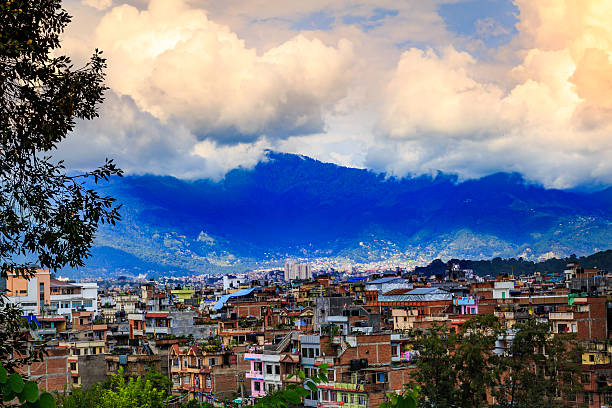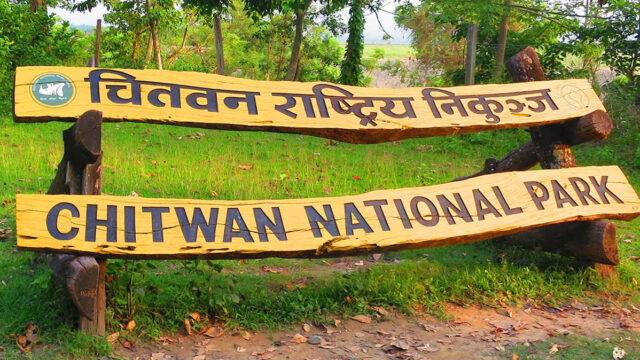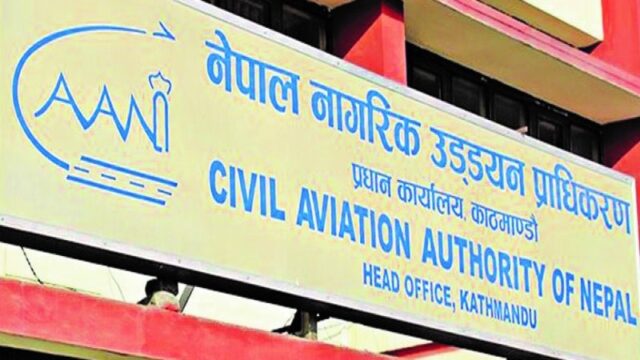The influence of the monsoon has now expanded throughout the country, bringing widespread changes in weather patterns and prompting alerts for heavy rainfall and thunderstorms in several regions. According to the Department of Hydrology and Meteorology (DHM), the low-pressure line associated with the monsoon system has shifted northward, currently positioned near western Nepal. This has led to generally cloudy conditions across the country and the likelihood of significant precipitation in many areas.
Cloudy Skies Blanket the Nation
As the monsoon system strengthens its hold, skies over most parts of Nepal have turned predominantly cloudy. The atmospheric pressure associated with the monsoon trough has created favorable conditions for cloud formation, particularly in the hilly and mountainous regions. This cloud coverage is a typical precursor to rainfall and has already resulted in showers in several areas.
The DHM has confirmed that the monsoon trough’s current placement near western Nepal is a key factor contributing to the increased cloudiness. These conditions are expected to persist, with more developments as the week progresses. Such widespread cloud cover not only affects visibility and local temperatures but also indicates the potential for sustained precipitation.

Rainfall and Thunderstorm Forecast in Hilly Regions
According to the latest weather bulletin from the DHM, light to moderate rainfall accompanied by thunder and lightning is likely in many hilly areas, particularly in the provinces of Gandaki, Lumbini, Karnali, and Sudurpashchim. These regions, with their complex terrain and elevation, are particularly vulnerable to intense weather events during the monsoon season.
The forecast has also included Koshi Province and some locations in Bagmati and Madhesh Provinces, indicating that the monsoon’s reach is now virtually nationwide. The hilly regions, known for their landslide-prone landscapes, are now on alert as rainfall patterns intensify.
Risk of Heavy to Extreme Rainfall in Specific Areas
The DHM has sounded a stronger warning for localized heavy to extremely heavy rainfall in some areas, particularly in Sudurpashchim Province. A couple of locations in the hilly regions of other provinces may also experience similar conditions. This level of rainfall can trigger floods, landslides, and river overflows, especially in areas with weak or saturated soil.
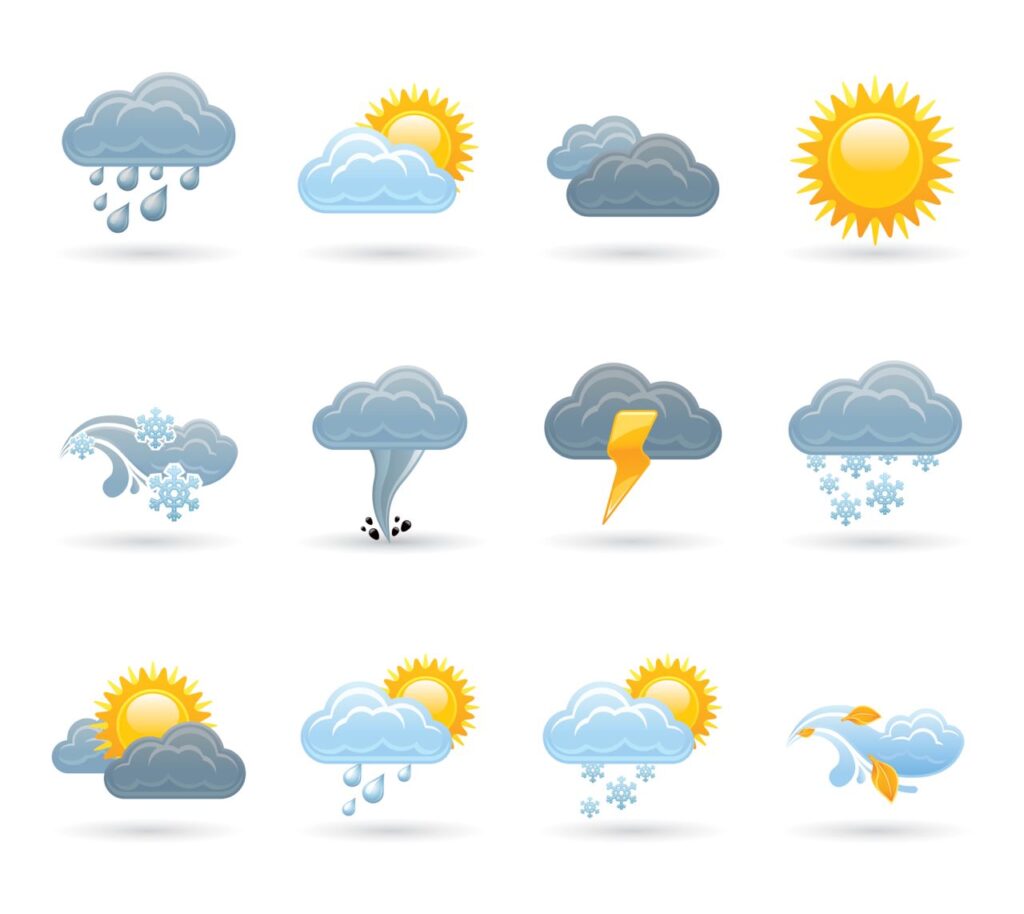
Authorities and disaster response teams in the at-risk provinces have been advised to remain vigilant. Residents living near riverbanks, slopes, and landslide-prone zones are urged to stay updated with official forecasts and take precautionary measures.
High-Hilly and Himalayan Regions May See Rain or Snowfall
While much of the nation deals with rainfall, the high-hilly and Himalayan regions are expected to experience a different pattern of precipitation. The DHM has predicted light to moderate rain or even snowfall in a few places in these higher altitudes. Although snowfall in June is rare in lower elevations, the higher reaches of the Himalayas can still witness snow during intense monsoon systems. This snowfall can have both positive and negative implications, while it helps replenish glacial reserves, it can also disrupt trekking routes and impact local livelihoods dependent on mountain tourism.

Continued Cloudiness Expected Tonight
The department’s forecast for tonight maintains a generally cloudy sky across the country. These conditions are in line with the ongoing monsoon cycle and are likely to persist into the next day. The extended cloudiness contributes to reduced sunlight hours and cooler temperatures in some parts, although the humidity remains high.
Residents are advised to plan their outdoor activities accordingly, especially in areas where evening thunderstorms are forecast. Travelers and commuters are also encouraged to exercise caution, particularly on hilly roads that may become slippery or obstructed due to rainfall.
Night-time Showers and Thunderstorms Likely
The DHM further forecasts that light to moderate rainfall accompanied by thunderstorms may occur in parts of the hilly regions during the night as well. This includes Koshi, Lumbini, Karnali, and Sudurpashchim Provinces, as well as a few areas of Bagmati and Madhesh Provinces. These night-time weather events can pose additional challenges, particularly in areas with limited lighting and emergency response infrastructure.
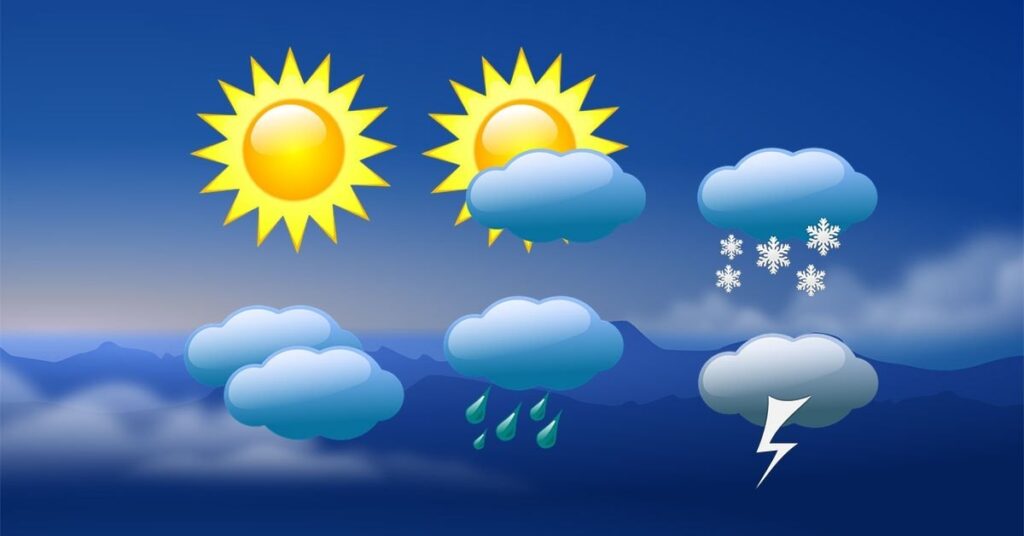
Given the unpredictability of monsoon weather, the public is advised to follow weather updates closely. The DHM’s regular bulletins and mobile apps provide timely information and are crucial for staying informed during this season.
Preparedness Measures Urged
In light of the forecast, local authorities are encouraged to enhance readiness for potential weather-related disasters. Flash floods, landslides, and road blockages are common during intense monsoon phases, and early preparedness can minimize damage and loss. The government, through the National Disaster Risk Reduction and Management Authority (NDRRMA), continues to monitor the situation closely. Citizens are advised to heed official warnings and avoid risky areas during heavy rainfall.
With the monsoon now fully active across Nepal, the coming days are likely to see fluctuating but intense weather patterns. From widespread cloudy skies to the potential for extreme rainfall and thunderstorms, the season demands vigilance and preparedness. The Department of Hydrology and Meteorology remains at the forefront of tracking these developments, offering timely updates to ensure public safety and disaster risk reduction.
